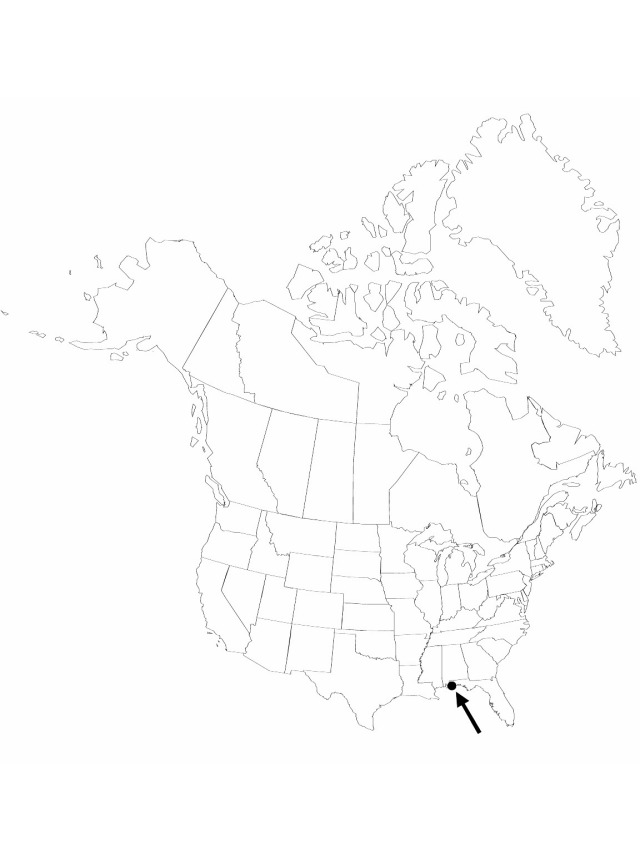Difference between revisions of "Echinodorus floridanus"
Castanea 63: 180, fig. 1. 1998.
FNA>Volume Importer |
FNA>Volume Importer |
||
| Line 33: | Line 33: | ||
-->{{#Taxon: | -->{{#Taxon: | ||
name=Echinodorus floridanus | name=Echinodorus floridanus | ||
| − | |||
|authority=R. R. Haynes & Burkhalter | |authority=R. R. Haynes & Burkhalter | ||
|rank=species | |rank=species | ||
| Line 48: | Line 47: | ||
|publication year=1998 | |publication year=1998 | ||
|special status= | |special status= | ||
| − | |source xml=https://jpend@bitbucket.org/aafc-mbb/fna-data-curation.git/src/ | + | |source xml=https://jpend@bitbucket.org/aafc-mbb/fna-data-curation.git/src/f50eec43f223ca0e34566be0b046453a0960e173/coarse_grained_fna_xml/V22/V22_83.xml |
|genus=Echinodorus | |genus=Echinodorus | ||
|species=Echinodorus floridanus | |species=Echinodorus floridanus | ||
Revision as of 20:00, 16 December 2019
Herbs, perennial, stout, to 200 cm; rhizomes present. Leaves emersed; petiole 4–5-ridged, to 115 cm; blade with translucent markings dots and short distinct lines, absent in smaller leaves, elliptic to broadly ovate, 16–28 × 8–23 cm, base attentuate to cordate. Inflorescences panicles, of 4–9 whorls, each 9–16-flowered, erect, to 65 × 45 cm, not proliferating; peduncles ridged, to 131 cm; rachis 3–4-ridged; bracts distinct, lanceolate, 4–7 mm, coarse, margins coarse; pedicels spreading, 1.5–7.5 cm. Flowers 4 cm wide; sepals erect, 21-veined, veins not papillate; petals not clawed; stamens 21; anthers versatile; pistils ca. 200. Fruits oblanceolate, terete, 5-ribbed, not abaxially keeled, 2.5 × 0.6–1 mm; glands 4–5; beak terminal, 0.5 mm. Chromosome number unknown.
Phenology: Flowering summer–fall.
Habitat: Sandy soil at edge of broadleaf evergreen forest
Elevation: 0–10 m
Discussion
Echinodorus floridanus is a recently discovered taxon, known only from the type locality, which is within metropolitan Pensacola, Florida. The plants form a large colony that is bisected by a state highway. This species is by far the largest species of the genus in North America.
Of conservation concern.
Selected References
None.
